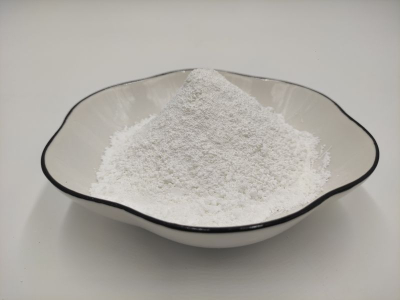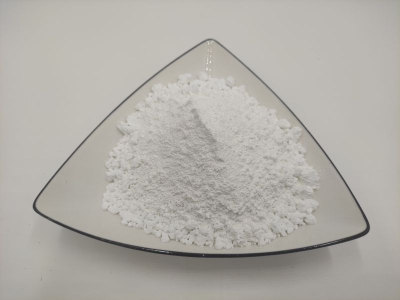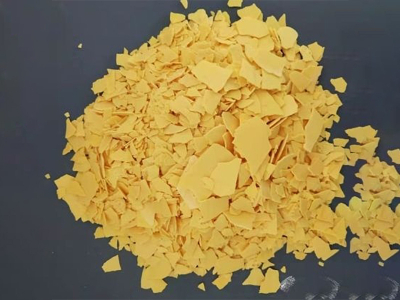Drilling Barite Ore and Chemical Barite Ore: Key Players in Industrial Processes
Barite (BaSO₄), also known as baryte, is a non-metallic mineral composed primarily of barium sulfate. Among its numerous industrial applications, two primary classifications dominate global usage: Drilling Barite Ore and Chemical Barite Ore. While both share the same mineralogical origin, their physical properties, purity levels, and industry roles vary significantly, making them strategic materials in oil and gas exploration, chemical manufacturing, and environmental engineering.
This comprehensive article explores the engineering, regulatory, material, and economic aspects of both types of barite ore, providing valuable insights for procurement managers, project engineers, and sustainability experts.
Table of Contents
Overview of Barite Ore Types
Drilling Barite Ore: Specifications, Applications, and Compliance
Chemical Barite Ore: Properties, Applications, and Standards
Key Differences: Drilling vs. Chemical Barite Ore
Global Supply Chain and Leading Producers
Regulatory and Safety Considerations
Frequently Asked Questions (FAQs)
Conclusion and Call to Action
1. Overview of Barite Ore Types
Barite is valued for its:
High specific gravity (~4.2–4.5)
Chemical inertness
Non-magnetic properties
Low solubility in water and acids
These properties make it ideal for:
Drilling fluids in petroleum extraction (drilling grade)
Chemical barium derivatives such as barium carbonate, barium nitrate (chemical grade)
Radiation shielding, glassmaking, and paint fillers
2. Drilling Barite Ore: Specifications, Applications, and Compliance
2.1 Industrial Role
Drilling barite ore is predominantly used in oil and gas exploration to increase the density of drilling mud, providing hydrostatic pressure that prevents blowouts and stabilizes boreholes.
2.2 API & OCMA Standards
| Property | Specification (API 13A, Sec. 7) |
|---|---|
| Specific Gravity | ≥ 4.20 (for API Grade) |
| Residue (75µm sieve) | ≤ 3% by weight |
| Soluble Alkaline Earth Metals (as Ca) | ≤ 250 mg/kg |
| Moisture Content | ≤ 1% |
| pH | 8.5–10.0 (in 5% suspension) |
| BaSO₄ Purity | ≥ 92% by weight |
2.3 Applications
Deep well and offshore drilling
Water-based and oil-based mud systems
High-pressure, high-temperature (HPHT) drilling
2.4 Engineering Considerations
Uniform particle size to prevent mud settling
Controlled solubility to avoid formation damage
Compatibility with polymer additives and shale inhibitors
3. Chemical Barite Ore: Properties, Applications, and Standards
3.1 Functional Role
Chemical barite is a refined product with higher purity (often >97% BaSO₄), used in the production of barium compounds, including:
Barium carbonate (for ceramics and ferrites)
Barium chloride (for PVC stabilizers)
Barium sulfate fillers (in paints, plastics, and rubber)
Barium nitrate (in pyrotechnics and explosives)
3.2 Quality Parameters
| Property | Chemical Barite Specification |
|---|---|
| BaSO₄ Content | ≥ 95% to ≥ 98% (high-purity grade) |
| Heavy Metal Content (Pb, Cd, Hg) | Trace only (< 100 ppm) |
| Moisture | ≤ 0.5% |
| Impurities (Fe₂O₃, CaO, MgO) | < 1% combined |
Glass manufacturing (clarity enhancer)
Medical and diagnostic imaging (contrast media)
Brake pads and friction materials
Soundproofing and radiation shielding materials
🔬 Example: Barium sulfate used in X-ray imaging must be pharmaceutical-grade and insoluble.
4. Key Differences: Drilling vs. Chemical Barite Ore
| Parameter | Drilling Grade | Chemical Grade |
|---|---|---|
| Primary Use | Mud weighting agent | Barium compound production |
| Purity (BaSO₄) | ≥ 92% | ≥ 95–98% |
| Specific Gravity | ≥ 4.20 | ≥ 4.30 (preferred) |
| Impurity Tolerance | Moderate | Very low |
| Processing | Minimal beneficiation | Chemical treatment, flotation, calcination |
| End Users | Oilfield services, energy | Chemical, medical, industrial manufacturing |
5. Global Supply Chain and Leading Producers
Major Producing Countries:
China – Largest global exporter (>30% of world output)
India – API-certified barite for oilfield exports
Morocco, Mexico, USA, Turkey – Quality chemical barite production
Logistics and Market Trends:
API-certified supply chains often audited by end users (e.g., Schlumberger, Halliburton)
Volatility in oil prices directly affects drilling barite demand
Environmental regulations have increased demand for ultra-low heavy metal content barite
6. Regulatory and Safety Considerations
Environmental and Occupational Guidelines:
REACH Regulation (EU): Chemical safety assessments for barium compounds
OSHA: Exposure limits for barium dusts
NIOSH: Respiratory protection for barite miners
MSDS Requirements: Storage, handling, toxicity profiles for chemical barite
Transport Regulations:
UN Classification: Non-hazardous if natural barite
IMDG Code: Safe for maritime transport under Class 9 (inert mineral)
7. Frequently Asked Questions (FAQs)
Q1: Can drilling barite be upgraded to chemical barite?
Generally, no. Chemical barite requires high-purity ore and advanced beneficiation processes (e.g., flotation, acid washing), which are not economically viable for low-grade drilling barite.
Q2: What is the typical price range for barite ores?
Drilling Grade (API 4.2): USD $90–$150/ton FOB
Chemical Grade (BaSO₄ ≥ 97%): USD $160–$280/ton FOB
Prices depend on purity, origin, and certifications.
Q3: Is barite environmentally friendly?
Yes, barite is non-toxic and chemically inert. However, proper dust control is essential during mining and handling.
Q4: Why is specific gravity so critical in drilling barite?
It directly influences the hydrostatic pressure in the wellbore. Inadequate SG can cause formation instability or blowouts.
Q5: Are there synthetic alternatives to barite?
Yes, but synthetic weighting agents like hematite or ilmenite are costlier and harder to source, making natural barite the industry standard.
8. Conclusion and Call to Action
Both drilling barite ore and chemical barite ore are indispensable to global industrial infrastructure, playing vital roles in oilfield performance, chemical synthesis, and high-performance material production. Understanding their technical differences, material specifications, and regulatory landscapes is essential for buyers, engineers, and compliance officers involved in critical mineral supply chains.
✅ Looking for reliable sources of API-certified or high-purity barite ore?
We offer:
Drilling barite ore (SG 4.2+, API 13A-compliant)
Chemical barite (BaSO₄ ≥ 97%, low heavy metal content)
SGS/CIQ/Intertek-certified materials
Custom packaging, bulk export, and QA reports
📩 Contact our technical sales team today for datasheets, COAs, and current FOB pricing tailored to your industry.



